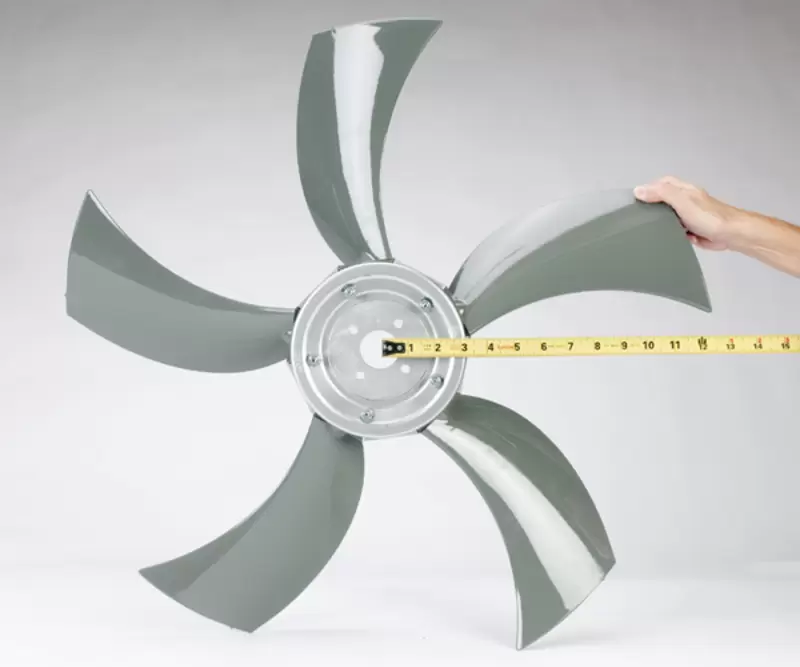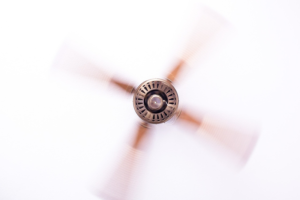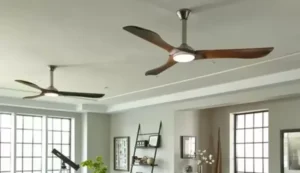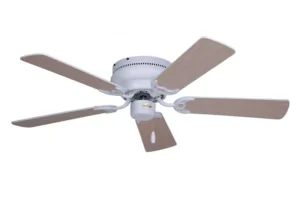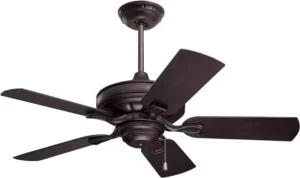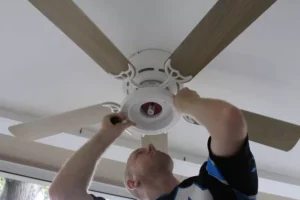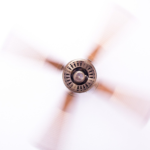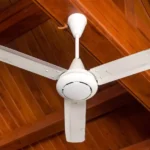How to Properly Measure for a Brand New Ceiling Fan
Are you trying to upgrade your house‘s cooling and ambiance with a new ceiling fan? earlier than you buy, it is vital to take correct measurements to ensure you select the proper length fan on your room. do not worry, we’ve got you protected! This comprehensive manual will stroll you through every step of measuring for a ceiling fan, so that you could make an informed buy decision.

Why right Ceiling Fan Measurements Remember
Getting the measurements right is important for each useful and aesthetic motives. the wrong ceiling fan length can result in inadequate air move, leaving you uncomfortably warm or chilly. then again, a nicely sized fan will successfully cool your space even as complementing the room’s proportions for a balanced, visually attractive appearance.
Imagine this: your pal excitedly installs a ultra-modern 60-inch ceiling fan in their modest 10×12 foot bed room, most effective to understand the huge blades are just inches from the walls, growing an overwhelming, cluttered impact. With a touch forethought and the proper measurements, this kind of mismatch might have been avoided.
What You Want to Degree a Ceiling Fan
Before you start, collect these crucial equipment:
– Tape measure
– Ladder (if measuring high ceilings)
– Notepad and pen
– Non-obligatory: Laser degree device
Having the right device accessible will make the measuring process a good deal less complicated and extra correct.
Measuring Your Room’s Dimensions
The first step is to measure your room’s period and width in ft. Multiply these numbers to calculate the entire square footage of the distance. as an instance, in case your room is 12 toes long and 15 toes wide, its region might be one hundred eighty square ft (12 x 15 = 180).
Seasoned Tip: cartoon a easy room format and report all dimensions to refer lower back to later. this may be specially useful when you have an irregularly shaped room.
Determining Best Ceiling Fan Length
With the room’s rectangular photos calculated, you can now determine an appropriate ceiling fan size based on common recommendations:
– For rooms underneath 75 square ft, a 36-inch fan is usually recommended.
– Rooms between seventy five–one hundred forty four rectangular ft are satisfactory ideal for a 42–forty eight inch fan.
– in case your area is 145-224 rectangular toes, opt for a 52-inch fan.
– massive rooms between 225-four hundred square ft might also require a fifty six-60 inch fan.
– for terribly huge areas over four hundred rectangular toes, you might want more than one lovers or a fan with a diameter exceeding 60 inches.
Maintain in mind, those are general guidelines. Your specific ceiling peak and room layout may additionally name for a few modifications.
Step-by Using-Step Manual for Measuring Ceiling Peak
At the side of room dimensions, ceiling peak is a important dimension for choosing the right sized fan:
1. Find the ceiling fan mounting region. that is commonly an electrical container or current light fixture.
2. The usage of your tape measure, cautiously degree the distance from the ground to the mounting vicinity. this is your ceiling peak.
3. Word any slopes, vaults, or obstructions. these will impact fan clearance and can require changes.
four. Double test that your ceiling top meets the minimum requirement on your preferred fan size.
In general, you may want a ceiling fan’s blades to hang around 7-nine ft from the floor for proper air flow and protection clearance.
Critical Clearance Measurements
Beyond ceiling height, there are some different key clearances to recollect:
– Blade Clearance: Fan blades must be as a minimum 18 inches from partitions or different limitations for unobstructed airflow.
– Ground Clearance: As mentioned above, blades must loaf around 7-9 toes from the ground.
Different Ceiling Fan Measurement Issues
Whilst room size and ceiling peak are the number one factors, there are some different measurements that can come into play:
Downrod Duration
For vaulted or sloped ceilings, you may likely need to use a downrod (extension rod) to dangle the fan at the proper distance from the ceiling. measure the slope and choose a downrod duration that allows the blades to cling 7-nine toes from the ground at the bottom factor.
Weight Obstacles
Maximum residential ceiling fans weigh among 15-50 lbs. but, larger fanatics or people with integrated mild kits can weigh extensively extra. be sure your ceiling mounting area can thoroughly aid the weight of the fan you pick.
Dual Indoor/Outdoor Setup
In case you plan to apply your ceiling fan in each an indoor and outdoor area like a patio or sunroom, you’ll want to take measurements for each vicinity and pick a versatile, weather-resistant fan choice.
Conclusion
Selecting the proper sized ceiling fan is vital for cooling efficiency, protection, and complementing your room’s aesthetic. with the aid of taking correct measurements of your room’s dimensions, ceiling height, clearances, and any precise architectural elements, you’ll be nicely–geared up to find the proper ceiling fan.
Recollect, right measurement = proper air move, balanced proportions, and electricity financial savings from the usage of the proper sized fan. So snatch that tape measure, refer lower back to this guide, and get equipped to overcome the warmth in fashion!
Take the following step: take a look at out our roundup of the along with your measurements in hand, you are equipped to buy that best new ceiling fan for superior comfort and lower utility bills.

